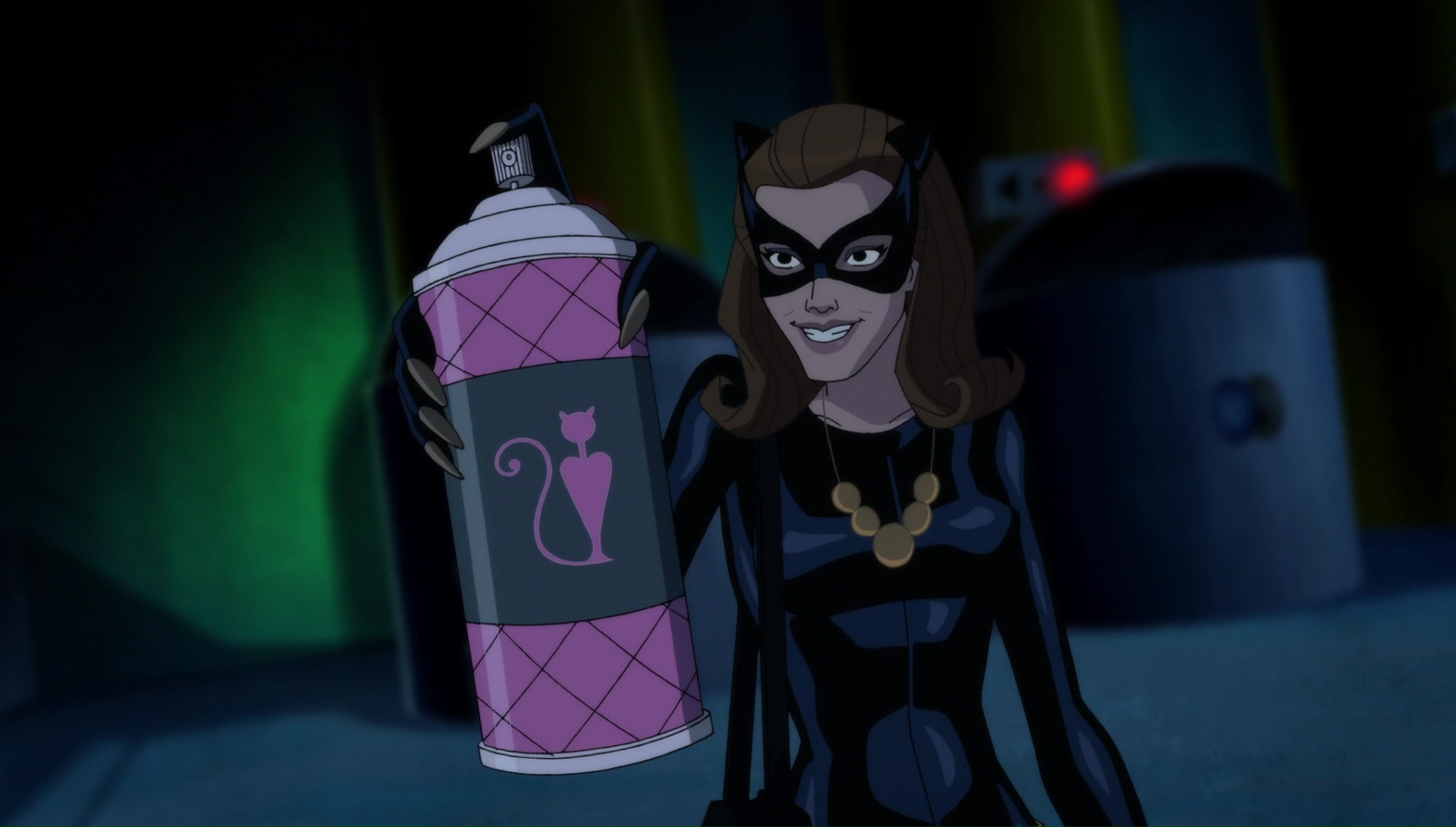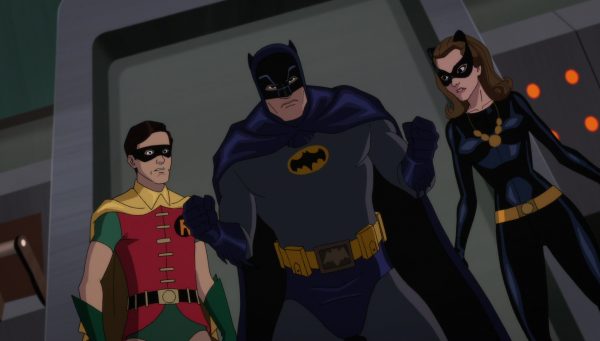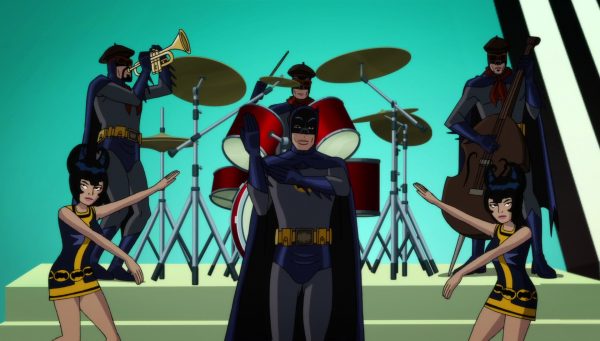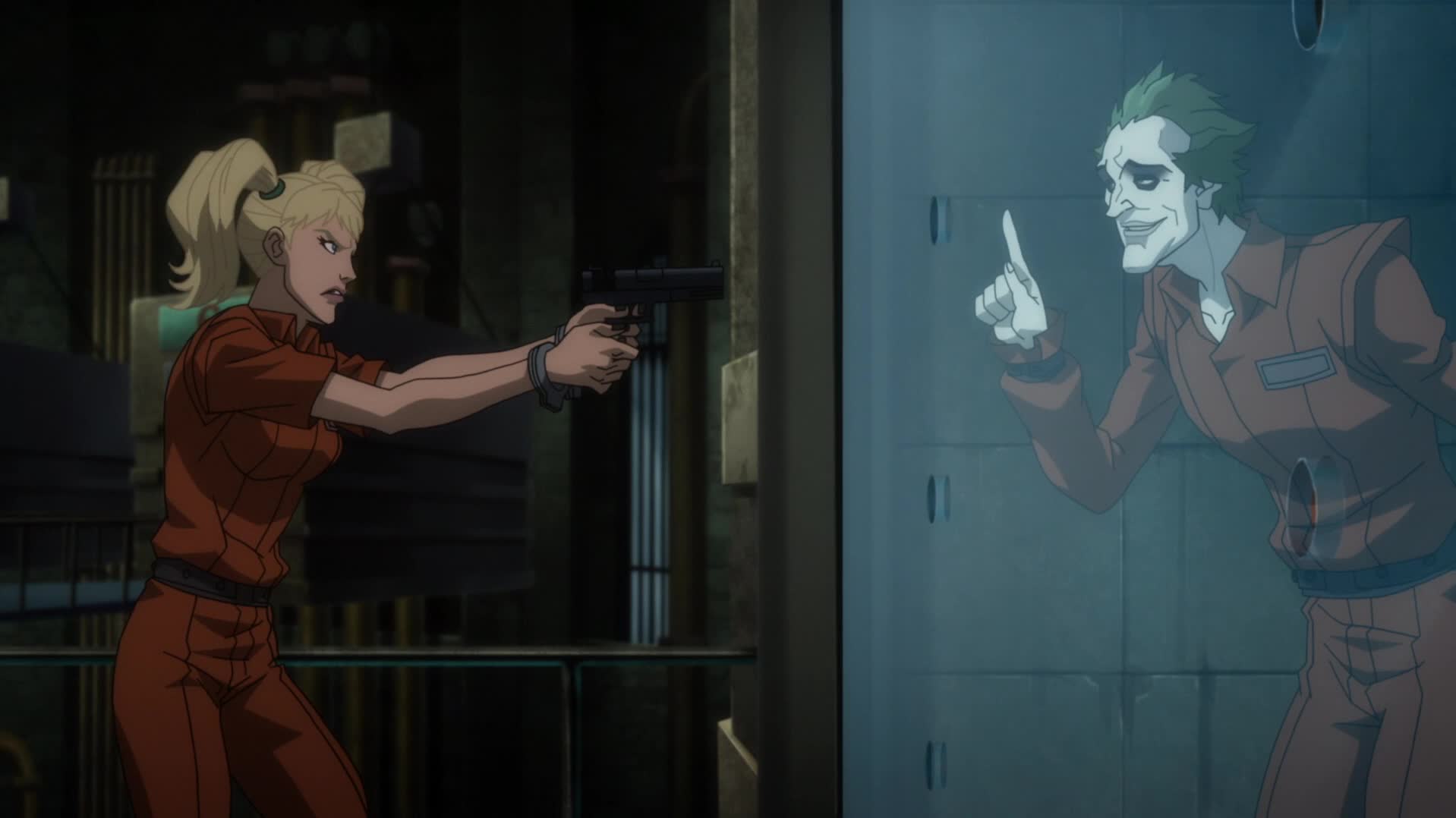Suicide Squad: Hell to Pay

2018![]()
Written by Alan Burnett
Directed by Sam Liu

Hot off the heels of the fantastic animated Batman: Assault on Arkham and the uneven but ultimately okay live action Suicide Squad, we got ourselves a new entry in the franchise with Suicide Squad: Hell to Pay! DC animated movies are notoriously hit or miss, but this time we got a relatively good one, buffed up by a core crew that has to deal with multiple parties interested in a magical card. Though not as superior as the original animated version, it is still good enough to deserve a watch.
Amanda Waller is still using task Force X to take care of dirty deeds and for her own personal projects, this time on a very personal mission. Deadshot (Christian Slater) is back, along with Harley Quinn (Tara Strong, naturally!) and Captain Boomerang (Liam McIntyre). They are joined by the freezing-powered Killer Frost (Kristin Bauer van Straten), ethical martial artist Bronze Tiger (Billy Brown), and body-modification enthusiast Copperhead (Gideon Emery) on their off the books mission where they are only given a name to track The mission is so off-books they have to drive around in a run down RV, though that does allow the characters to interact more and have conversations in a confined space.
Harley Quinn still gets many of the good lines, correctly toning her down as the stakes get raised. The down point is she’s basically a supporting character there to add flavor to the overall story, and doesn’t seem to have any sort of story arc. Captain Boomerang and Deadshot still hate each other, but have developed a working relationship by this point that doesn’t mean they won’t still insult each other. Boomerang at least gets to throw a bunch of boomerangs this time! The big wrench is Bronze Tiger, who aligns strongly on the side of morality (even though that’s just because he doesn’t want to kill innocent people!) and thus forces the other members of the team to stay on mission, sometimes by punching them until they comply. The film opens with a group lead by Deadshot and containing a few characters I had to look up (what can I say, I grew up on Marvel!) Count Vertigo, Punch, and Jewelee, all but Deadshot failing to come out of that one alive. Sorry, Punch and Jewelee fans, maybe next movie…































